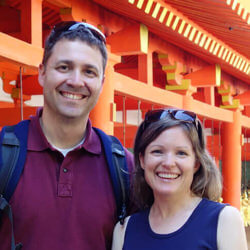Historic Villages of Shirakawago and Gokayama
Historic villages of Shirakawago and Gokayama are a UNESCO World Heritage Site known for their traditional farmhouses with thatched roofs. The roofs are made without using a single nail and are designed to withstand heavy snow.
CONTENTS
Historic Villages of Shirakawago and Gokayama
The historic villages of Shirakawago and Gokayama include the villages of Ogimachi, Ainokura, and Suganuma along the Sho River in Gifu and Toyama Prefectures.
They are known for their traditional farmhouses with thatched roofs. The roofs are made without nails and are designed to withstand heavy snow. Many of these Gassho-style houses are over 250 years old.
Historic Villages of Shirakawago
Gassho Zukuri Style Houses
Gassho-zukuri is the architectural style of the steep thatched roofs that can range in slope from 45 degrees to 60 degrees. This style of building is unique to Japan, and has been preserved in the villages of Shirakawago.
The heavy thatched roof and its sharp angle help these structures handle the harsh winter conditions of this mountainous area.
Gassho Zukuri Style Houses
History of Gassho Zukuri Houses
Gassho-zukuri houses started to be built during the mid-Edo period up until the early Showa period. The oldest building is believed to be 300 years old.
Unfortunately, there was a massive population decrease in the 1920s that left many of the houses vacant, demolished, or lost to fire. By the 1960s, the number of Gassho Zukuri decreased from more than 300 to just 190.
Then, in 1976, the area was designated an Important Preservation District for Groups of Traditional Buildings. And in 1995, the buildings and the surrounding area became a UNESCO World Heritage Site.
Climate of Shirakawago
These are rural villages surrounded by mountains. Summers are cool and pleasant, while winters are very cold with everything covered in snow. In February, the snow can reach more than 170 centimeters (5.5 feet).
Gassho Zukuri Style Houses with Winter Lights
The buildings and surrounding area are lit up at night on weekends in January and February every year.
Around March, the temperatures rise and the snow begins to melt. Cherry blossoms bloom from mid-April to early May.
Staying in Shirakawago
It’s possible to stay overnight at a farmhouse, but keep in mind it is very traditional and not luxurious.
Getting to Shirakawago
From Takayama, buses depart every 30 to 60 minutes, and it takes about 50 minutes to reach Ogimachi. From Kanazawa, a few buses a day depart for Shirakawago taking 75 to 85 minutes.
For more information you can visit the Shirakawago Tourist Information website.
Want a Unique Japan Trip?
Discover Japan planning secrets with our best selling Itinerary Planning Course. Or inquire about our exclusive Small Group Tours.


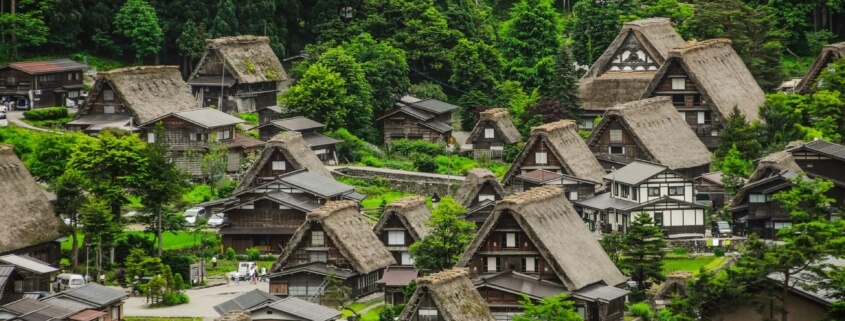 Shutterstock
Shutterstock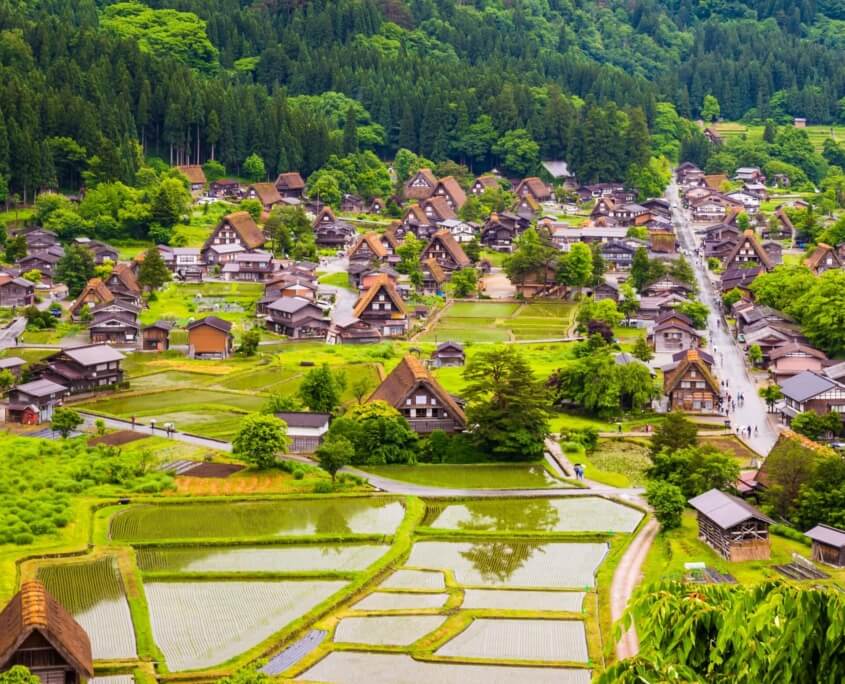
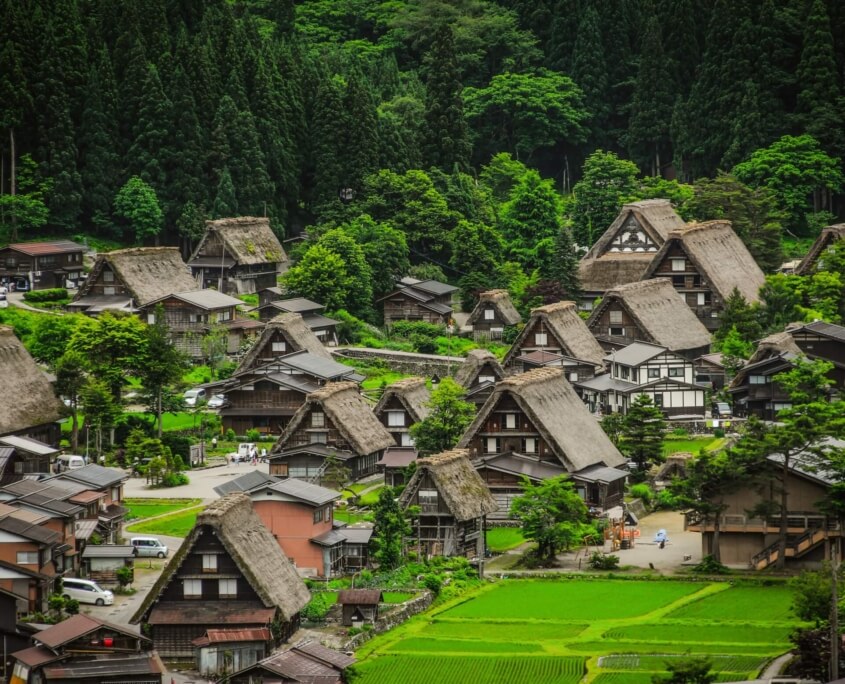
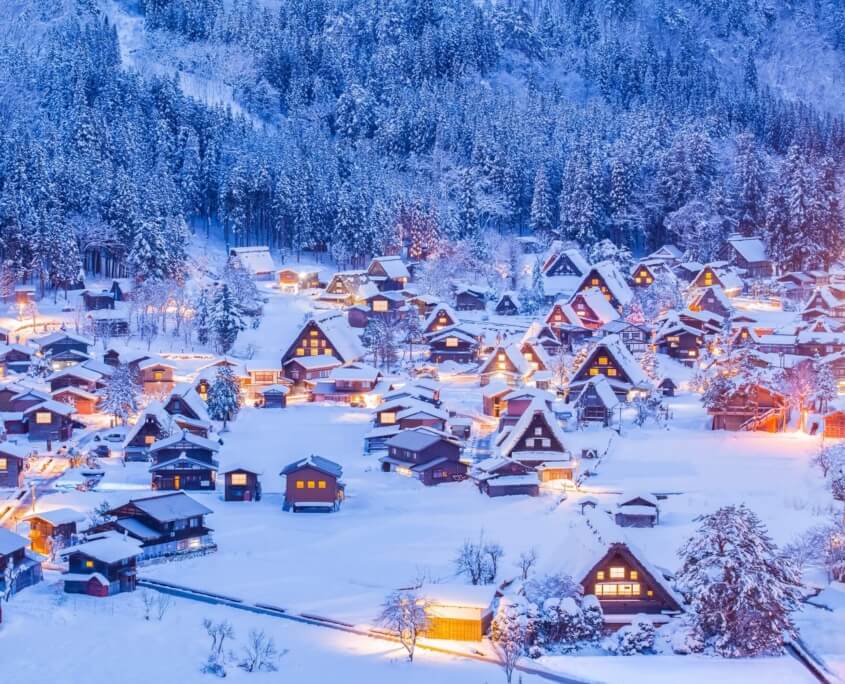
 ©Bokksu
©Bokksu  @JAPANandmore
@JAPANandmore  @JAPANandmore
@JAPANandmore  ©JAPAN and more
©JAPAN and more 
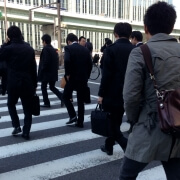
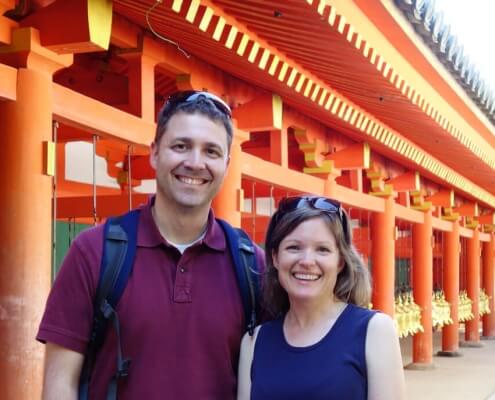




 Pixabay
Pixabay @JAPANandmore
@JAPANandmore